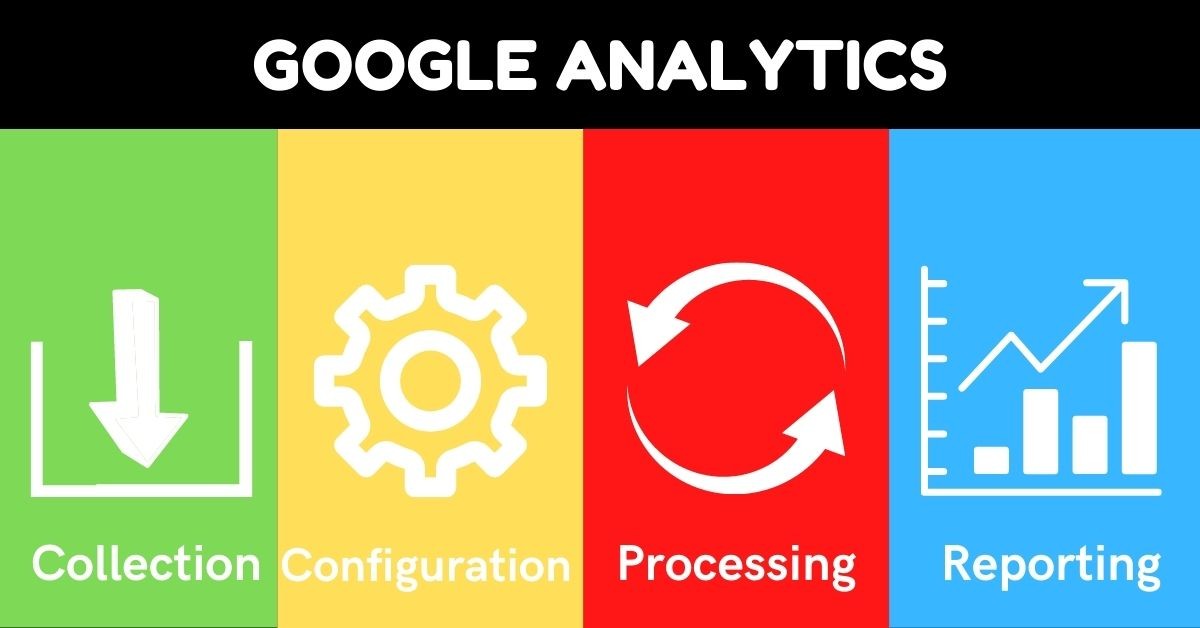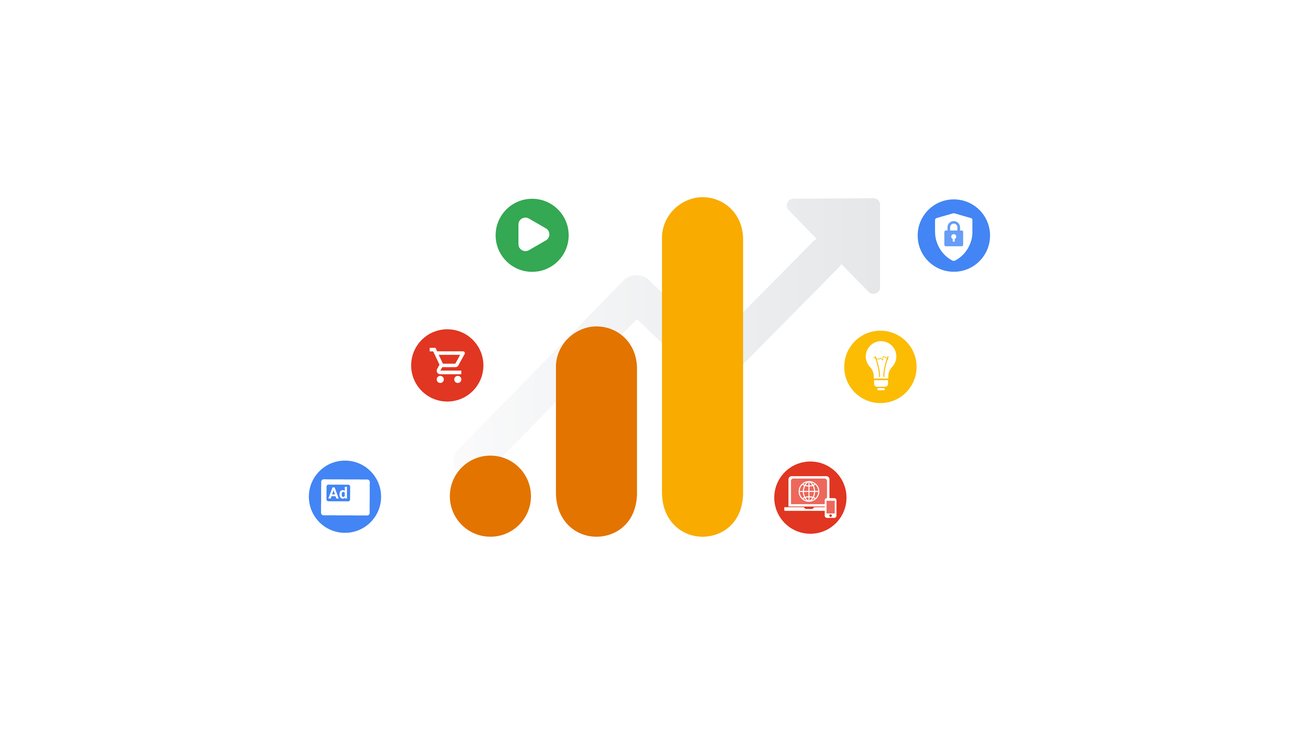Trick Constraints: What Data Does Google Analytics Prohibit Websites from Collecting?
Trick Constraints: What Data Does Google Analytics Prohibit Websites from Collecting?
Blog Article
The Influence of Google Analytics on Website Optimization and Efficiency Metrics
In the realm of electronic marketing, the usage of Google Analytics has actually come to be associated with refining web site efficiency and enhancing vital metrics. As we navigate with the detailed internet of internet site optimization and performance metrics, the extensive impact of Google Analytics proceeds to form the electronic landscape, offering indispensable insights that transcend conventional strategies.
Tracking Visitor Actions
Tracking visitor actions is crucial for understanding user interaction and enhancing web site efficiency. By utilizing tools like Google Analytics, web site owners can get valuable understandings right into how site visitors interact with their website. This data allows for a much deeper understanding of customer choices, actions, and the performance of different website aspects.
Examining site visitor habits offers critical information on which web pages are most popular, for how long users remain on the site, and where they tend to hand over. With this information, internet site owners can make enlightened decisions on web content positioning, style improvements, and general customer experience improvements.
Moreover, tracking visitor actions allows the identification of trends in time. By keeping an eye on metrics such as bounce rate, conversion price, and average session period, website proprietors can assess the effect of modifications made to the site and dressmaker techniques to better engage site visitors.
Fundamentally, tracking visitor behavior through tools like Google Analytics is not almost accumulating information yet making use of that data to maximize website performance, enhance individual experience, and inevitably achieve company objectives. - what data does google analytics prohibit collecting

Analyzing Traffic Sources
Evaluating the sources of traffic to a website is crucial for understanding where site visitors are originating from and how they are finding the site. By using tools like Google Analytics, web site owners can acquire important insights right into the performance of their advertising initiatives and the habits of their audience. The website traffic sources can be categorized right into several major channels, including direct traffic (individuals who go to the site straight), natural search (visitors that find the site via search engines), recommendation website traffic (individuals directed to the site from exterior links), social networks website traffic (visitors from social platforms), and paid advertising (users that clicked on paid advertisements)
Understanding the distribution of website traffic across these various networks makes it possible for web site proprietors to make informed decisions concerning their marketing techniques. As an example, if a substantial part of website traffic comes from natural search, focusing on seo (SEO) initiatives could better enhance presence. Conversely, if social media sites channels drive very little web traffic, reapportioning sources towards more worthwhile methods may be required. By examining traffic sources, site proprietors can optimize their advertising and marketing mix and boost overall site performance.
Enhancing Material Performance
To make the most of the effect of website material, optimizing its performance is crucial for attracting and involving visitors properly. By using Google Analytics, website proprietors can gain beneficial insights right into just how users connect with their content, including which web pages are most gone to, just how long site visitors remain on each page, and what activities they take after checking out the material.
Furthermore, Google Analytics provides data on bounce rates, which can indicate whether the content is involving sufficient to retain visitors on the site. By examining this information, site owners can identify areas for improvement and make data-driven decisions to enhance the general performance of their content. Furthermore, tracking metrics such as conversion rates and click-through prices can assist gauge the efficiency of contact us to activity within the web content, enabling for further optimization to drive preferred activities from visitors. By continuously checking and fine-tuning material efficiency based on insights from Google Analytics, internet site proprietors can develop a more user-friendly and appealing experience for their target market.

Improving User Experience
Enhancing user experience on an internet site is critical for cultivating favorable communications and boosting visitor involvement. To improve individual experience, site owners can utilize Google Analytics to get useful insights into customer actions. By examining metrics such as bounce price, average session duration, and web pages per session, web site managers can recognize areas that need enhancement. Comprehending how customers navigate via the website aids in enhancing layout, web content positioning, and general website framework to make it much more straightforward and instinctive.
Google Analytics additionally offers information on device usage, enabling internet site owners to maximize for different screen dimensions and gadgets, making certain a seamless experience across platforms. By tracking user circulation and behavior, services can make enlightened choices to boost the general site experience. In addition, A/B screening features in Google Analytics make it possible for website owners to explore different layouts, material variants, and phones call to action to establish what reverberates finest with users. Ultimately, by leveraging Google Analytics understandings to enhance user experience, websites can raise interaction, drive conversions, and ultimately attain their organization goals.
Enhancing Conversions
By leveraging data-driven understandings from Google Analytics, internet site proprietors can substantially improve their methods to boost conversion rates properly. Recognizing customer behavior with metrics such as conversion funnels, objective completions, and ecommerce monitoring permits businesses to identify locations for renovation. A/B testing different components on a page, such as call-to-action buttons or form formats, based upon data from Google Analytics can bring about significant boosts in conversion rates.
Furthermore, using Google Analytics to assess traffic sources can assist companies allocate sources successfully (what data does google analytics prohibit collecting). By identifying which networks drive one of the most conversions, whether it's organic search, paid advertising and marketing, or social networks, my link firms can optimize their marketing initiatives for maximum impact
Additionally, tracking individual engagement metrics like bounce rate, average session duration, and pages per session can give useful insights into exactly how site visitors connect with a site. By improving these metrics via data-driven techniques, organizations can produce a more engaging user experience that eventually leads to greater conversion prices.
Final Thought
Finally, Google Analytics plays an important duty in optimizing site performance by tracking site visitor habits, assessing traffic sources, enhancing content performance, improving customer experience, and enhancing conversions. By using the information provided by this tool, web site proprietors can make informed choices to improve their general online visibility and achieve their goals. It redirected here is essential for organizations to leverage Google Analytics to constantly keep an eye on and readjust their strategies for maximum efficiency.
By assessing traffic resources, web site proprietors can maximize their marketing mix and improve overall site performance.
By using Google Analytics, internet site owners can obtain useful insights right into exactly how users communicate with their material, consisting of which pages are most seen, exactly how lengthy visitors remain on each page, and what actions they take after checking out the material. (what data does google analytics prohibit collecting)
To improve individual experience, web site owners can use Google Analytics to acquire important insights into individual behavior. Additionally, A/B testing features in Google Analytics enable website owners to experiment with various designs, material variations, and calls to action to establish what resonates best with individuals.In final thought, Google Analytics plays an important role in optimizing internet site performance by tracking visitor behavior, analyzing website traffic try this website sources, enhancing material performance, improving individual experience, and enhancing conversions.
Report this page